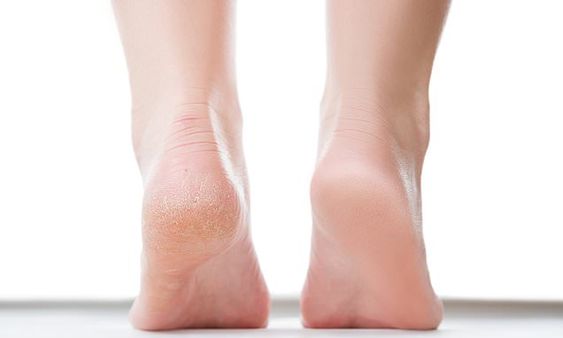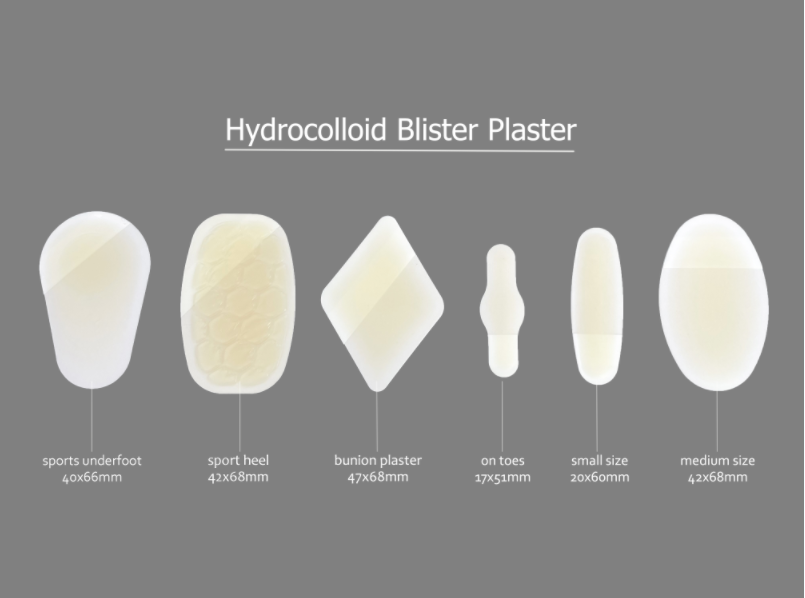Corns and calluses on feet are common foot problems, mainly caused by wearing inappropriate shoes for a long time, standing or walking for a long time, foot friction, etc. These problems not only affect the appearance but also cause pain and discomfort in the feet. This article explains how to prevent and care for corns and calluses on your feet.
What are calluses and corns on feet?
The scientific name of calluses on the feet is calluses. Like corn, they are caused by the thickening of the cuticle caused by long-term pressure and friction. Corns are most commonly found in the front and middle of the soles of the feet, on the outside of the little toe, or on the inside edge of the big toe. They mainly appear as light yellow or dark yellow translucent horny plugs with clear borders, with the tips embedded in the skin, like soybeans. The size is relatively smooth, parallel to the skin surface, or slightly protruding. Because the tip of the cuticle plug compresses the nerve, the pain is more severe when walking. Calluses appear on the compressed or rubbed areas of the soles of the feet. They are yellow or waxy-thickened keratinous plaques that are slightly raised, thicker in the center, and thinner at the edges. The borders are not very clear. There are normal skin lines on the surface, and the sensation is slow or absent. Symptoms are subjective and may be painful in severe cases.
What are the causes of corns and calluses on feet?
Corns form hard plugs of skin that cause pain when pressed. Callus skin is caused by the thickening of the stratum corneum. The skin is made up of three layers: the epidermis, the dermis, and the subcutaneous tissue. The epidermis is the outer layer of the skin, itself made up of various layers; the outermost layer of the epidermis is called the stratum corneum (or stratum corneum). The stratum corneum of the skin is composed of keratinized cells called keratinocytes and epidermal lipids.
When your feet have to withstand pressure or friction, the epidermis thickens the cuticle to protect itself from damage. As a result, tough calloused skin forms on the feet.
If pressure persists, especially in certain areas, calloused skin can form corns with hard cores that reach deeper, sensitive skin structures, causing pain. This core is often called the "root" of the corn.
Although corns usually appear on the outside of the toes, they can also appear on the soles of the feet or between the toes. This is where the skin becomes moist from sweating or insufficient drying, causing these "soft corns."
How to prevent corns and calluses :
1. Wear the right shoes: Choosing the right shoes is key to preventing corns and calluses. Shoes should be comfortable, well-fitting, and have arch support; avoid high heels or shoes that are too tight.
2. Moisturize your feet: Apply foot moisturizing cream or moisturizing oil regularly to keep your foot skin hydrated and reduce dryness and cracks.
3. Foot massage: Frequent foot massage can promote blood circulation, reduce foot pressure and friction, and relieve foot fatigue.
4. Apply Hydrocolloid Blister Plaster to the parts of the foot that are prone to wear and tear. It is made of hydrocolloid material and has a soft texture and strong adhesiveness. It can reduce the friction between the foot and shoes and is very suitable for use before frequently wearing high heels.
5. Wear more breathable socks: Choose cotton or wool socks with good breathability and avoid wearing synthetic fiber socks to reduce foot sweating and sliding, and reduce the occurrence of corns and calluses.
How to remove calluses from corns on feet?
While you can't get rid of corn on your feet overnight, for most people, a few simple steps can help.
first step:
1. Soak your feet to soften the skin: Soak your feet in warm water for 10-15 minutes to soften the skin and reduce pain and discomfort.
Step two:
2. Use corn patches: Using corn patches can reduce the pain and discomfort of corn and help them gradually fall off.
third step:
3. Use a foot scrub: Using a foot scrub can remove calluses and make the skin on your feet smooth and soft.
the fourth step:
4. Keep your feet moisturized: Keep applying foot moisturizing cream or moisturizing oil to keep your foot skin hydrated and reduce skin dryness and cracks.
For more information customized on the Innomed®Hydrocolloid Blister Plaster, Refer to the Previous Articles. If you have needs, you are welcome to contact us; You Wholeheartedly. At longterm medical, we transform this data by Innovating and Developing Products that Make Life easier for those who need loving care.
Editor: kiki Jia
Date: September 27, 2023

 English
English عربى
عربى Español
Español русский
русский 中文简体
中文简体








